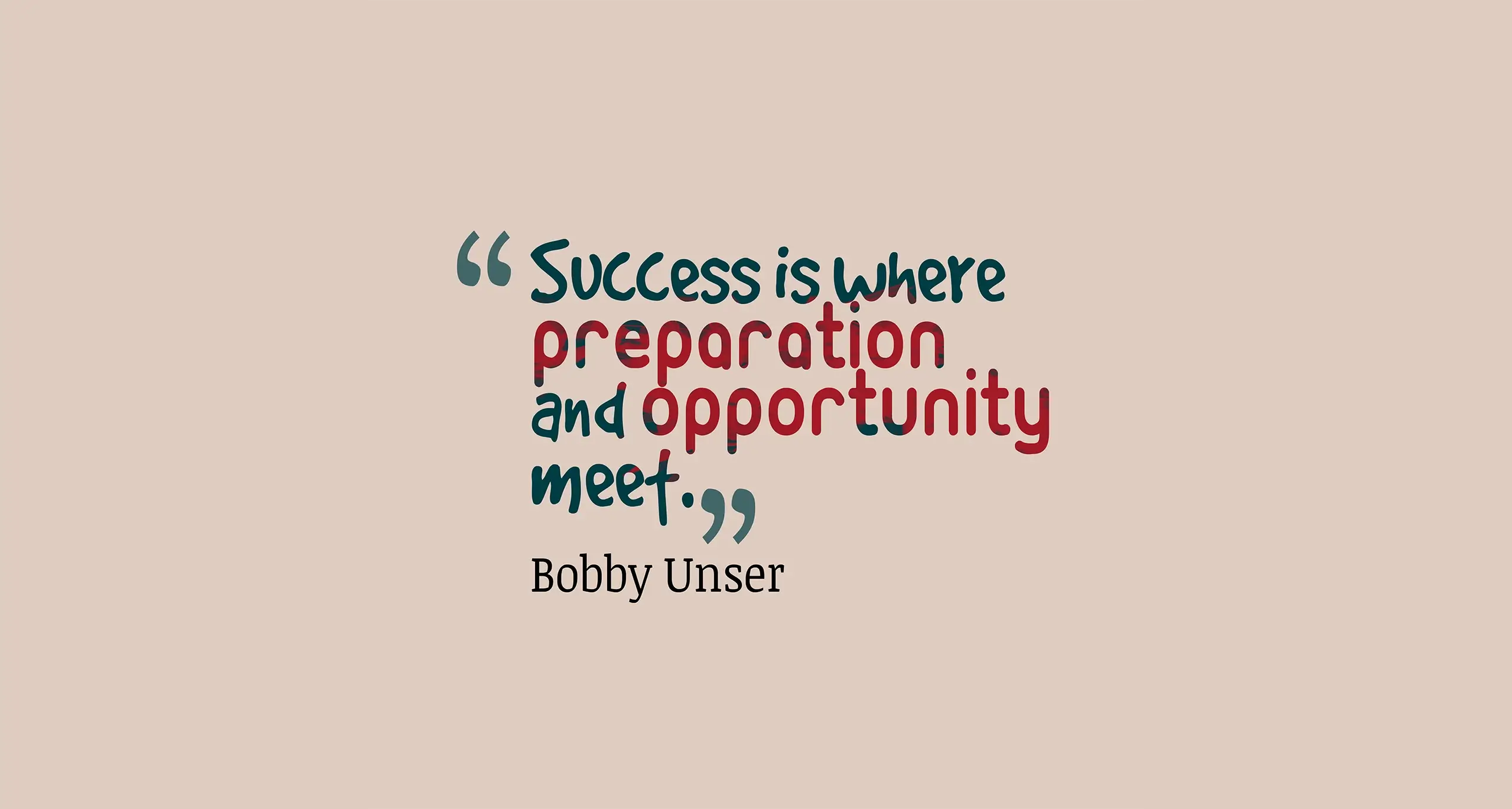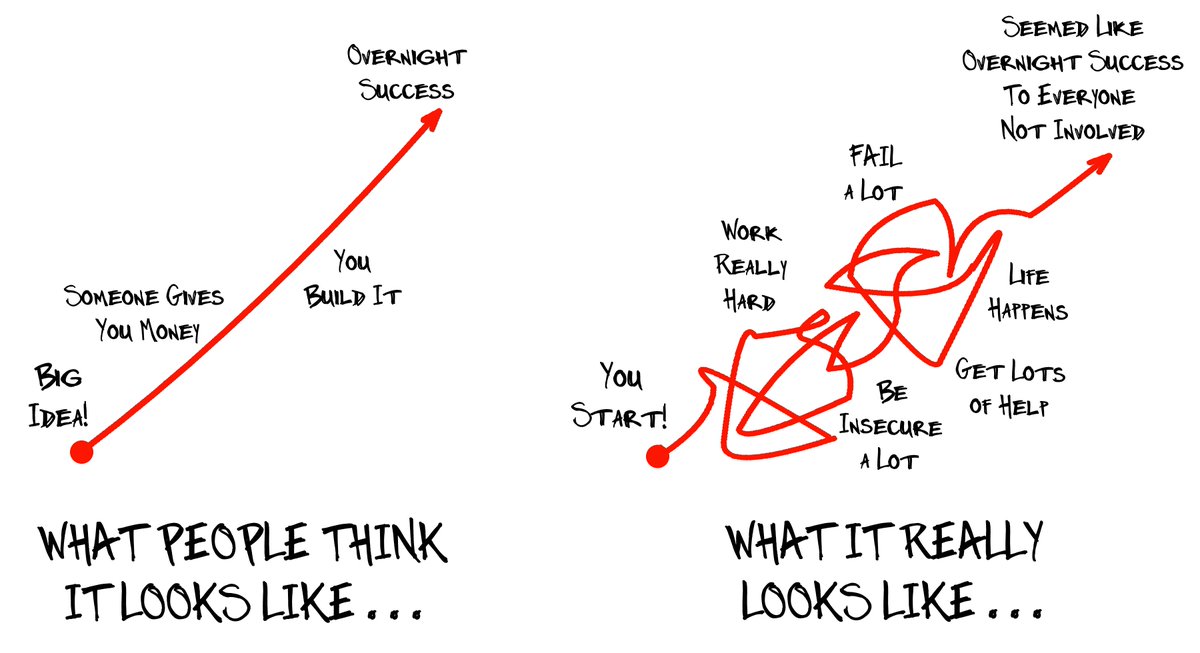Your best chance for success
When developing digital products a good place to start is identifying common pitfalls and then planning appropriately. By starting off with the understanding that where you begin is unlikely to be where you end up concerning product development, you have put yourself in the right frame of mind for the journey ahead.
Common Product Development Pitfalls
- Not having a well defined problem or mission statement
- Poor product or solution definition
- Too many or overcomplicated product features
- Trying to do too much
- Lack of a clear business, product and development strategy
- Unclear roles and responsibilities within the team
- Too many stakeholders
- Focusing on technology instead of the product

Miles Pritzker, COO Development
An example:
“Store credit and gift cards are difficult to keep track of. After receiving them, they tend to get lost, only partially used, or expire.” The total market of lost value in both store credit and unused gift cards is approximately 4.5 billion a year.
Reference: “The economics of unused gift cards”
Stored Value Marketplace will allow users to register all your store credit and gift cards in one place, pay with this “currency”, as well as sell or trade it in an open exchange market.
Did you say MVP?
Let’s take a moment to discuss the “MVP”. There’s a lot of information already available about how to go about using this approach. Regarding digital products, an MVP would often be developed using prototyping, A/B user testing, and then iterating on the original idea. In theory this validates a product’s idea early in the development cycle, helping the product team receive user feedback as quickly as possible, thus minimizing product development risks.
Different Approaches
There are however some different approaches to figuring out what “works” and what doesn’t with a product. One argument for using a prototyping approach is that you get feedback directly from users without having to commit code: saving time and money. While this might be true in many, or even most cases, sometimes the opportunity window is short, and there simply isn’t time. Maybe there isn’t money to use on prototyping and user tests? While UX/UI resources tend to be less expensive than development resources, the difference isn’t that large, and costs for MVP prototyping can be significant. Where this approach really shines is when you discover your idea isn’t worth building (for whatever reason). This is better uncovered during prototyping than after building the actual product.
Whatever approach you use, fail fast and adapt quickly! It’s always best to find out you made the wrong assumptions or miscalculated as early in the product development stage as possible.
What’s next?
From here it’s much easier to develop a product strategy and development plan. How do we get users signed up? How do we get companies onboarded? What are the unique selling points? Are there any legal hurdles? How do we make money? Do you have any or all the skills needed to make such a plan?
Is there an organizational structure in place to make decisions about the product and business strategy? One of the most important success factors for new products is having a team in place to create, adjust and fulfill these strategies. This “team” can be virtual, meaning it consists of both people directly involved in the business, as well as external members who are not directly involved. What’s important is bringing together several different viewpoints and experiences in order to make informed and quick decisions.










